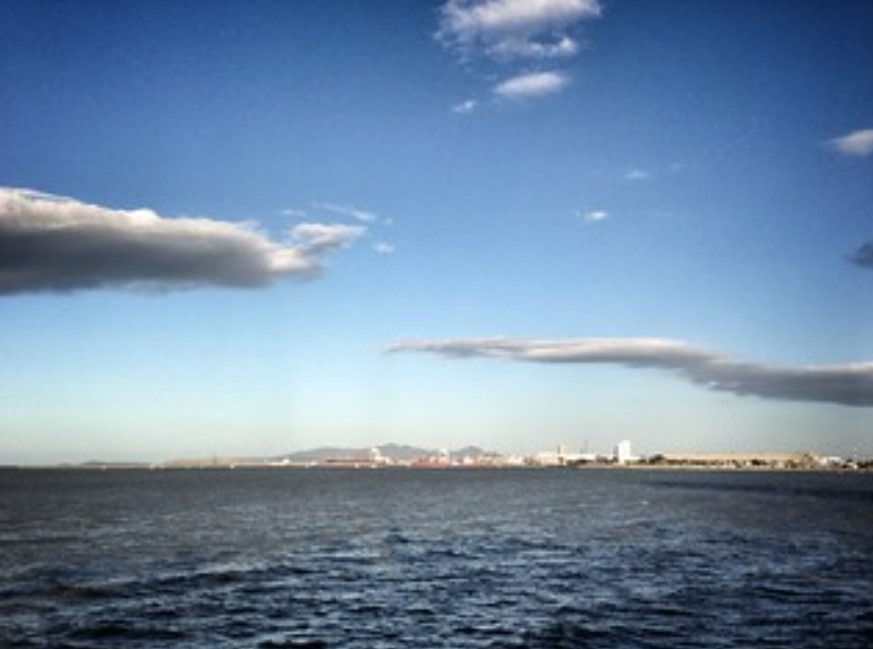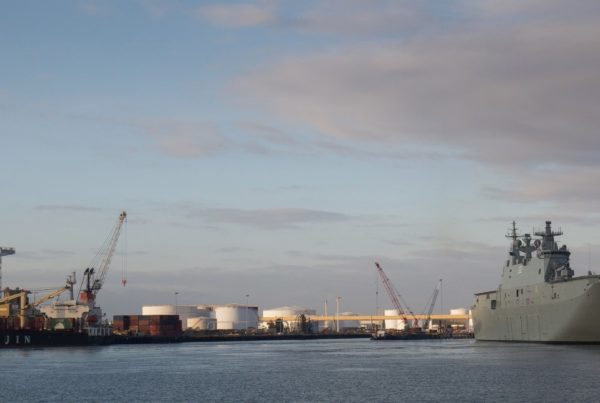
When Japanese forces landed at Milne Bay in New Guinea in August 1942, they were equipped with two armoured tanks and distinctive split-toed boots that puzzled the Allied troops. It was only after World War II when Australians identified the shoes as jika-tabi, rubber-soled footwear that separated the wearer’s big toe from the others. They were developed around the turn of the 20th century by the brother of the founder of the Bridgestone tyre company, and they were based on the design of the traditional Japanese split-toed sock.
A pair of jika-tabi boots captured at the Battle of Milne Bay is on display at the Australian War Memorial (AWM) with other material originally gathered by the Army to help Australian troops understand how the enemy worked. Australian soldiers thought the “otherworldly” shoes were made for climbing trees. The Japanese were somewhat mysterious to us … they had this aura of being supermen. The Battle of Milne Bay (August 25 to September 7, 1942) was a victory for Allied forces. It is regarded as the first major Pacific conflict in which the Allies decisively defeated the Japanese on land. The battle began when elite Japanese naval troops attacked Allied airfields on the eastern tip of New Guinea. A total of 167 Australians and 14 Americans were killed; Japanese casualties were much higher at around 750. Japanese soldiers who fled into the jungle found their boots were a liability. For weeks afterwards the Australian forces … we’re tracking those stragglers the Japanese forces had left behind. The Australians were able to track them easily because of [their boots’] distinctive pattern.”
Jika-tabi shoes still worn by the Japanese to this day, these days, jika-tabi shoes — sometimes known as ninja boots — can be seen in samurai movies, on running tracks and even on the catwalk. Their light, durable grip is still favoured by Japanese gardeners and construction workers.



